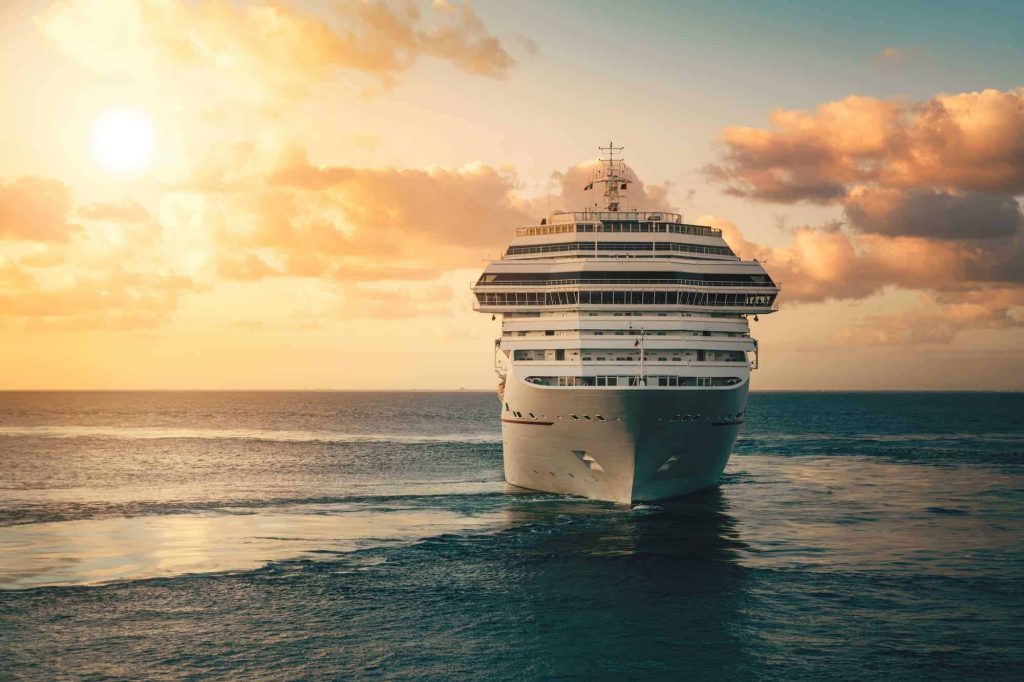Saudi Arabia’s Public Investment Fund has dipped into its coffers again to continue funding LIV Golf and is closing in on $5 billion in spending on the renegade golf league.
In its latest newsletter, Money in Sport reported recent filings indicate LIV Golf Investments, the parent company for worldwide LIV Golf operations, has increased its authorized share capital twice in 2025: $330 million on January 16th and a further $344.3 million on April 25th for a total of $674.3 million this year.
By its estimates, LIV’s total funding for 2025 could reach $1 billion as soon as July or August “assuming a third capital injection by PIF of $330 million is required.”
That lifts the total spend on the golf startup to $4.58 billion, an increase of $1.9 billion since January 2024.
In a previous post, Money in Sport predicted the PIF investment in LIV Golf would reach $5 billion by the end of 2025.
A further capital increase of $330 million over the summer would take the total investment to $4.9 billion. “This projection looks comfortably on track,” Money in Sport wrote.
The latest round of investment suggests PIF remains staunchly behind the venture. Interestingly, the filings show PIF attached three conditions to the latest financial injections, including a minimum number of events to be played this season; a minimum revenue; and the completion of a TV deal with Fox Sports.
The reference in the filing to $82 million of revenue for the period January to October 2024 is the first time a consolidated revenue figure for LIV Golf has been publicly disclosed, Money in Sport noted.
“Full year revenue of circa $100 million must be a major disappointment to PIF considering 2024 was LIV Golf’s second full season of 14 events,” it concludes. “The revenue benchmarks beg the question as to why PIF has not done a deal to acquire the DP World Tour. It would have cost a lot less than the $4.6 billion it has already sunk into LIV Golf. The PGA Tour’s existing relationship with the European Tour would not be a serious barrier to getting a deal done if the Tour’s Board of Directors and membership believed the price was right.”
Other conclusions include:
“The tipping point for PIF and LIV Golf could be the renewal of the deals for the star players”
“The elephant in the room for PIF is the plunging oil price which could eventually force it to batten down the hatches and curb spending on LIV Golf.”
And Money in Sport offered one more question for its readers to ponder: “What would have happened if LIV did not meet PIF’s conditions? In the worst-case scenario, is PIF willing to pull the plug on LIV?”
LIV Golf wrapped up a two-week post-Masters run in Mexico and South Korea and has reached the halfway point of its season.
Negotiations between PIF and PGA Tour have received the support of U.S. President Donald Trump earlier this year but hit a snag ahead at the last meeting and there are no indications of when the two sides plan to meet again.
This article originally appeared on Golfweek: PIF nearing $5 billion in investments into LIV Golf before end of 2025
Saudi Arabia’s Public Investment Fund has dipped into its coffers again to continue funding LIV Golf and is closing in on $5 billion in spending on the renegade golf league.
In its latest newsletter, Money in Sport reported recent filings indicate LIV Golf Investments, the parent company for worldwide LIV Golf operations, has increased its authorized share capital twice in 2025: $330 million on January 16th and a further $344.3 million on April 25th for a total of $674.3 million this year.
By its estimates, LIV’s total funding for 2025 could reach $1 billion as soon as July or August “assuming a third capital injection by PIF of $330 million is required.”
That lifts the total spend on the golf startup to $4.58 billion, an increase of $1.9 billion since January 2024.
In a previous post, Money in Sport predicted the PIF investment in LIV Golf would reach $5 billion by the end of 2025.
A further capital increase of $330 million over the summer would take the total investment to $4.9 billion. “This projection looks comfortably on track,” Money in Sport wrote.
The latest round of investment suggests PIF remains staunchly behind the venture. Interestingly, the filings show PIF attached three conditions to the latest financial injections, including a minimum number of events to be played this season; a minimum revenue; and the completion of a TV deal with Fox Sports.
The reference in the filing to $82 million of revenue for the period January to October 2024 is the first time a consolidated revenue figure for LIV Golf has been publicly disclosed, Money in Sport noted.
“Full year revenue of circa $100 million must be a major disappointment to PIF considering 2024 was LIV Golf’s second full season of 14 events,” it concludes. “The revenue benchmarks beg the question as to why PIF has not done a deal to acquire the DP World Tour. It would have cost a lot less than the $4.6 billion it has already sunk into LIV Golf. The PGA Tour’s existing relationship with the European Tour would not be a serious barrier to getting a deal done if the Tour’s Board of Directors and membership believed the price was right.”
Other conclusions include:
“The tipping point for PIF and LIV Golf could be the renewal of the deals for the star players”
“The elephant in the room for PIF is the plunging oil price which could eventually force it to batten down the hatches and curb spending on LIV Golf.”
And Money in Sport offered one more question for its readers to ponder: “What would have happened if LIV did not meet PIF’s conditions? In the worst-case scenario, is PIF willing to pull the plug on LIV?”
LIV Golf wrapped up a two-week post-Masters run in Mexico and South Korea and has reached the halfway point of its season.
Negotiations between PIF and PGA Tour have received the support of U.S. President Donald Trump earlier this year but hit a snag ahead at the last meeting and there are no indications of when the two sides plan to meet again.
This article originally appeared on Golfweek: PIF nearing $5 billion in investments into LIV Golf before end of 2025









